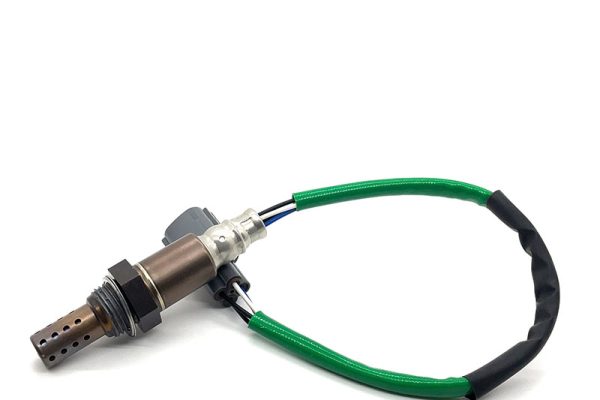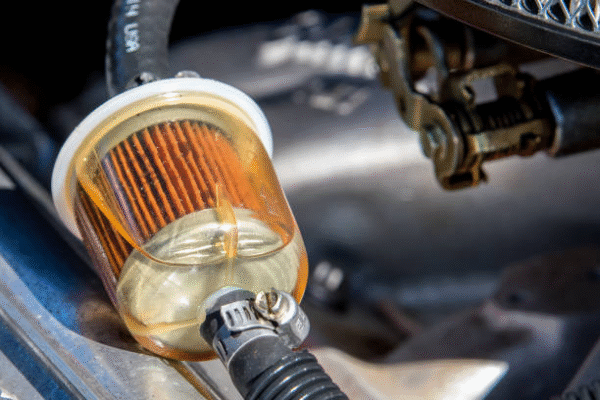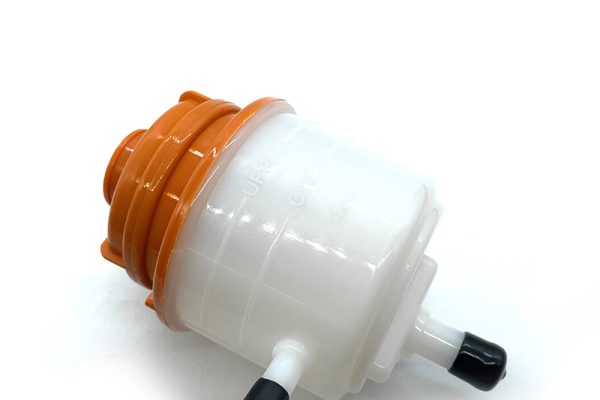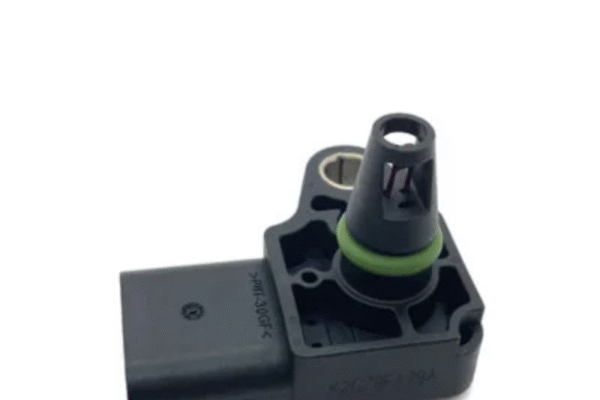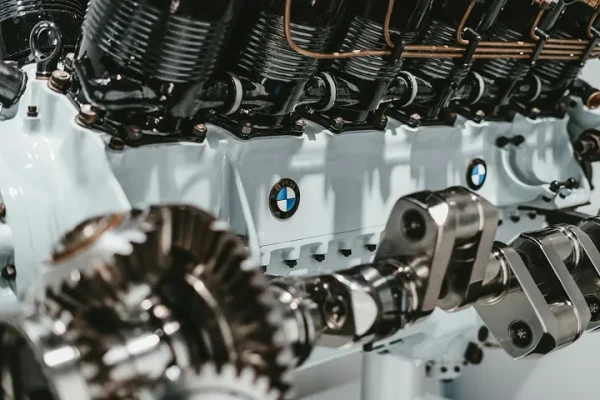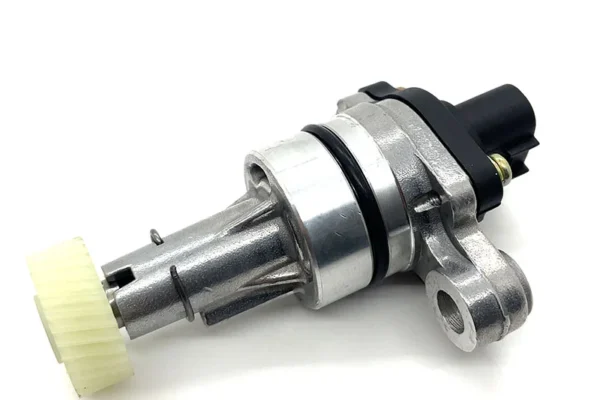An oxygen sensor checks how much oxygen is in a car’s exhaust. This small device is also called an O2 sensor or Car Engine Oxygen Sensor. It helps the engine keep the right mix of air and fuel. When oxygen sensors work well, the car runs smoothly. The car also makes less pollution. Many drivers notice rough idling or bad gas mileage when an Air Fuel Ratio Oxygen Sensor fails. Sometimes, the check engine light comes on too. Knowing how these sensors work can help car owners find problems early.
Key Takeaways
- Oxygen sensors check the air-fuel mix in car exhaust. A working sensor helps the engine run well and lowers pollution.
- Drivers should look for signs of a bad oxygen sensor, like rough idling or bad gas mileage. Finding problems early can save money and make the car work better.
- Checking and changing oxygen sensors on time is important. This keeps the engine working well and helps the car pass emissions tests. For example, Oxygen Sensor For Mazda is a common replacement part, and using the right one helps the engine run smoothly and save fuel.
- There are different kinds of oxygen sensors, like zirconia and wideband sensors. Each kind helps the engine work its best.
- Knowing where oxygen sensors are in your car can help with fixing problems. Most cars have sensors before and after the catalytic converter.
Oxygen Sensor Overview
What Is an Oxygen Sensor
An oxygen sensor is inside the car’s exhaust system. It checks how much oxygen is left in the exhaust gases. This happens after fuel burns in the engine. The engine mixes air and fuel together. The oxygen sensor helps the car’s computer know if the mix is correct. If there is too much fuel or too much air, the sensor sends a signal. The car’s computer then changes things to keep the engine smooth.
People often call it an O2 sensor. This is just another name for an oxygen sensor. These sensors are important for keeping engines healthy. They help cars use fuel better. They also lower the amount of bad gases that come out of the tailpipe.
Types of Oxygen Sensors
Cars have different kinds of oxygen sensors. Each type works in its own way. All types measure oxygen in the exhaust.
- Zirconia Oxygen Sensors: These are the most common kind. They use a ceramic tip to sense oxygen levels. The sensor makes a small electric signal. This tells the car’s computer what is happening in the exhaust.
- Titania Oxygen Sensors: These sensors use another material. They change their electrical resistance when oxygen changes. The car’s computer reads this change. It then adjusts the air-fuel mix.
- Wideband O2 Sensors: Some new cars use wideband O2 sensors. These sensors give more detailed information. They help the engine run cleaner and more efficiently.
Most cars have more than one oxygen sensor. Some are before the catalytic converter. Others are after it. This helps the car’s computer check how well the exhaust system works. For example, Oxygen Sensor For Toyota Aygo is designed to fit its compact engine system and plays a big role in meeting emissions standards.

How Does an O2 Sensor Work
Measuring Oxygen in Exhaust Gases
Oxygen sensors play a key role in checking the gases that leave the engine. When the engine burns fuel, it creates exhaust that flows through the exhaust pipe. The oxygen sensor sits in this pipe and keeps track of how much oxygen is left in the exhaust. This process forms the working principle of oxygen sensors.
Inside the sensor, a special tip reacts with the oxygen in the exhaust. If there is a lot of oxygen, the sensor knows the engine is running with more air and less fuel. If there is less oxygen, the engine is burning more fuel and less air. The sensor uses this difference to create a small electric signal. This signal changes based on the amount of oxygen in the exhaust. The working principle of oxygen sensors helps the car’s computer understand if the engine needs more fuel or more air.
Feedback to ECU/PCM
The O2 sensor does not work alone. It sends its signal to the car’s main computer, which people call the ECU or PCM. This computer watches the signal from the sensor and makes quick changes to the engine. If the sensor says there is too much oxygen, the computer adds more fuel. If there is not enough oxygen, the computer cuts back on fuel. This back-and-forth keeps the air-fuel ratio balanced.
This feedback loop is important for two big reasons. First, it helps the engine run smoothly and use less fuel. Second, it lowers the amount of harmful gases that come out of the car. O2 sensors make sure the engine does not waste fuel or pollute the air. When someone asks, “how does an O2 sensor work,” the answer is simple: it checks the exhaust, sends a signal, and helps the computer keep the engine in balance.
Importance of Oxygen Sensors
Engine Performance
Oxygen sensors help engines work well. They check the air-fuel mix all the time. When the mix is right, the engine runs smooth. Drivers notice fast starts and steady speed. The O2 sensor sends signals to the car’s computer. The computer uses these signals to change the fuel amount. If the mix is wrong, the engine may run rough. Sometimes, cars shake or stop at lights. Bad fuel economy happens when the oxygen sensor fails. Engines use more gas than needed. People see their gas tanks empty faster. Mechanics often find a bad O2 sensor causes these issues. For example, Oxygen Sensor For Mitsubishi ensures reliable performance, and choosing the correct type avoids engine issues.
Tip: If you get bad gas mileage or the engine feels rough, check the oxygen sensor.
Emissions Control
Oxygen sensors help keep the air clean. They control gases from the tailpipe. When the air-fuel mix is right, the engine makes less pollution. The car’s computer listens to the O2 sensors and changes the fuel flow. This stops the engine from making too much pollution. A good oxygen sensor helps the catalytic converter work. The converter breaks down bad gases before they leave the car. If the sensor fails, the car may not pass an emissions test. People may see more smoke or smell strange things from the exhaust. Bad fuel economy also means more pollution. Oxygen sensors protect the air and help cars pass tests.
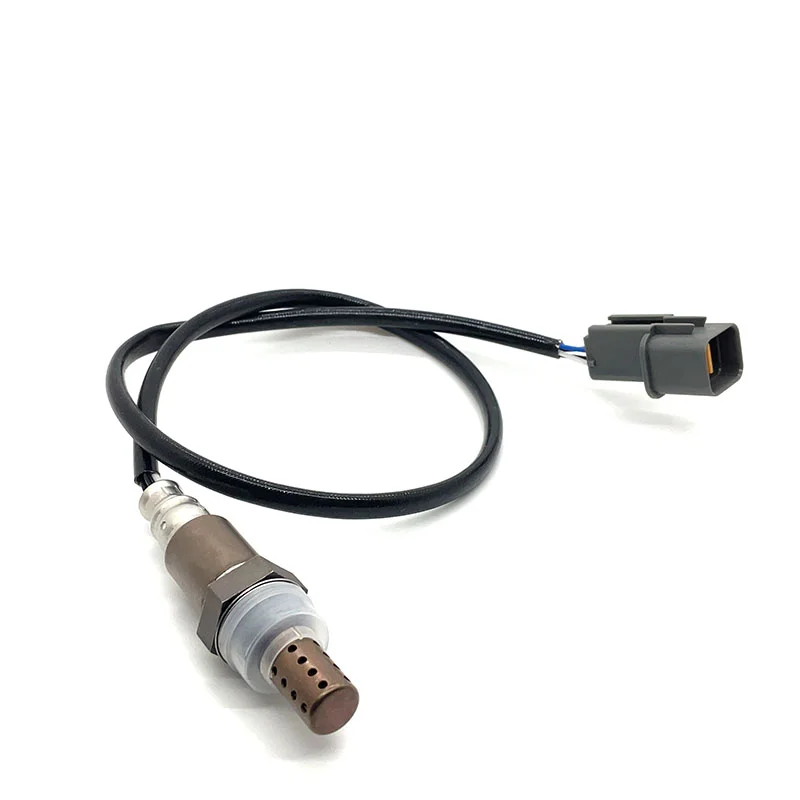
How to Replace an O2 Sensor
Troubleshooting
Many drivers wonder how to replace an O2 sensor when their car starts acting up. Before jumping into O2 sensor replacement, they need to figure out if the sensor is really the problem. Troubleshooting an O2 sensor starts with watching for warning signs. If the check engine light comes on or the car uses more fuel, these could point to a faulty oxygen sensor.
A mechanic often uses a scan tool to read trouble codes from the car’s computer. These codes help spot which sensor is bad. Sometimes, a visual check helps too. If the sensor looks dirty or damaged, it might need replacing. Troubleshooting an O2 sensor also means checking the wires and connectors. Loose or broken wires can cause problems that look like sensor failure.
Tip: Drivers should always check for other engine issues before replacing the oxygen sensor. Problems with spark plugs or fuel injectors can cause similar symptoms.
Replacement Steps
Once someone knows the sensor is bad, they can start O2 sensor replacement. Many people ask how to replace an O2 sensor, and the steps are simple for most cars. First, let the engine cool down. Hot exhaust parts can burn skin. Next, find the sensor on the exhaust pipe. Use a wrench or special socket to loosen and remove the old sensor.
Here’s a quick guide:
- Turn off the engine and let it cool.
- Locate the faulty O2 sensor.
- Disconnect the sensor’s wire connector.
- Unscrew the sensor using the right tool.
- Screw in the new sensor by hand, then tighten with a wrench.
- Reconnect the wire connector.
- Start the engine and check for warning lights.
Some drivers feel unsure about how to replace an O2 sensor. If the sensor is hard to reach or stuck, they should ask a mechanic for help. Professional help is best when the job seems too tough or if the car has multiple oxygen sensors.
Conclusion
Oxygen sensors help cars run better and keep the air cleaner. When an oxygen sensor works well, the engine uses less fuel and makes fewer harmful gases. Drivers who watch for O2 sensor warning signs can fix problems early. Regular checks and quick replacements make a big difference. If a car acts strange or the check engine light comes on, it is smart to get the sensor checked soon.

